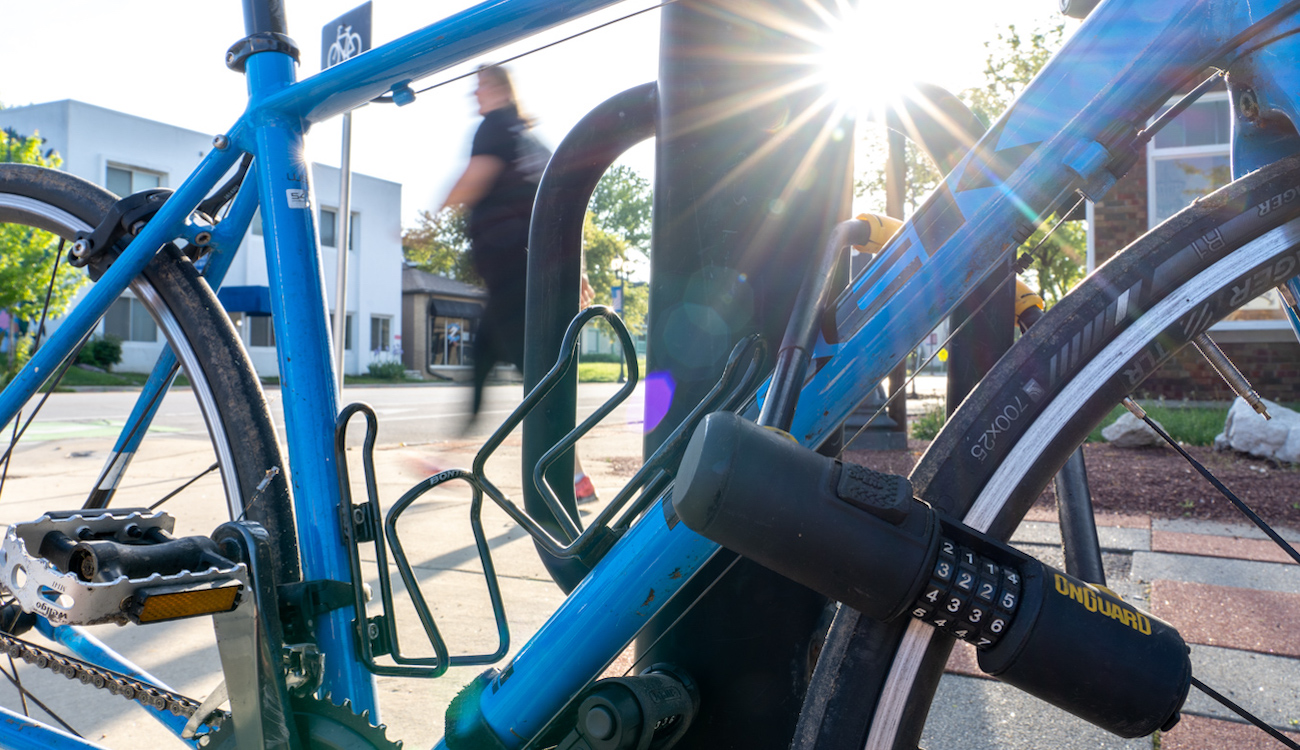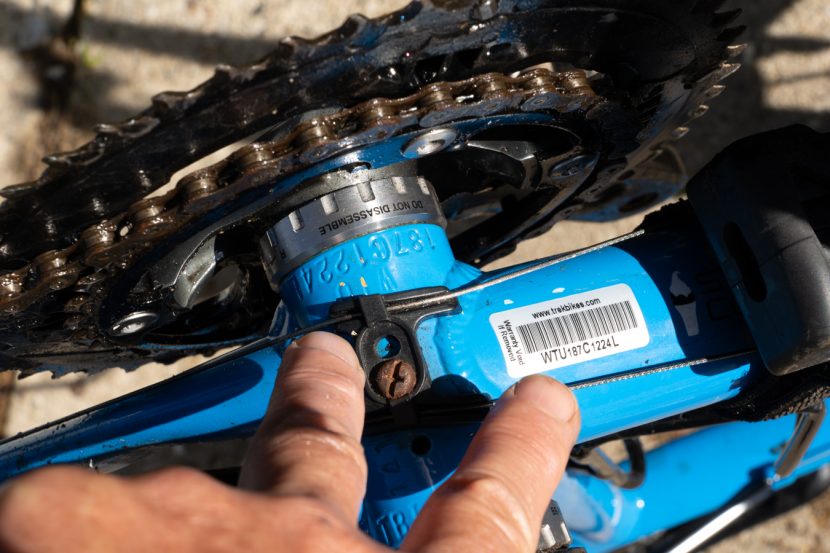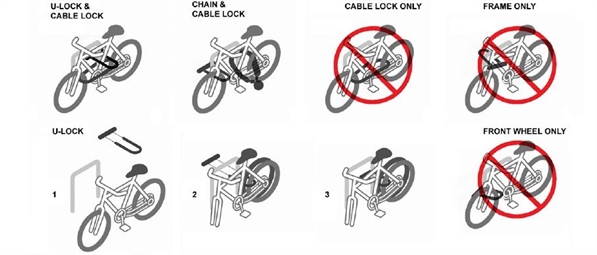
Bike Theft Reduction Initiative
How to prevent thieves benefiting from the pandemic bike sale boom.
The pandemic has created a boom in bike sales as people who have not ridden in years look for ways to enjoy the outdoors. New-again riders and lots more new bikes have also boosted opportunities for bike thieves.
If you’ve had a bike stolen you know that sinking feeling. You come out to where you know you left it locked, or not locked, and your stomach drops. Panic sets in. Where did I put it? Did a friend borrow it? What am I going to do?
The Bike Fed and The Milwaukee Police Department would like to remind you of some locking methods, types of locks to use, and what to do before a theft occurs to increase chances you are reunited with your beloved bike if it is stolen. The following information is from the Milwaukee Police Department’s Bike Theft Reduction Initiative, but it is applicable for everyone who owns a bike no matter where you live.
Three Principles of Stopping Bike Theft:
The first and most important step is to register your bike with Bike Index. Even if you have a heavy duty bike lock and rarely leave you bike locked in public places, bikes are stolen from people’s garages. Having your bike registered dramatically increases the chances of recovery if it is stolen.

Bike thieves often take stolen bikes to bike shops to try to sell them. Shops can quickly check Bike Index to see if it is stolen. And anyone buying a used bike from an online advertisement on Facebook Marketplace or Craigslist can also quickly check Bike Index to see if it is stolen before they buy it.

- Before you try to register your bike at Bike Index, find your bike’s serial number, make (Trek, Schwinn, etc.), model (Lexa, Collegiate, etc.) and description (color, accessories, and special modifications you may have made). The serial number usually located on underside of frame on bottom bracket, between the crank arms.
- Take pictures of the bike from different angles, as well as the serial number
- Take a picture of you with it.
- Register your bike with Bike Index. Submit your name, bike manufacturer, serial number, and component information to enter your bike.
- Upload pictures of your bike
- Bike index is a national registry that makes it easy for bike owners, citizens and law enforcement to verify in real time the status of a bike.
- If your bike is stolen, report the theft to you local law enforcement and then create a stolen bike alert on Bike Index.
LOCK YOUR BIKE PROPERLY
- Cable locks should never be used as a primary means of locking a bike in a city. Cheaper and older U-locks can often be broken without any tools. Use a U-lock that costs at least $40. Chain and folding locks are also effective.
- Aim to have the hardest bike to steal on the rack. We consider two U-locks, or a U-lock and one heavy duty cable, to be the minimum required in large cities to keep a bike secure.
- Don’t rely on foot traffic to keep your bike safe; years of reports have taught us that many thefts, particularly those involving cutting cable locks, occur under the cover of crowd activity or in front of bustling cafés or restaurants.
- Don’t rely on the presence of cameras to keep your bike secure. Security footage is rarely of much use once a bike is gone, and thieves know this.
- Tug on whatever you’re about to lock to make sure it can’t be easily removed. Signposts in particular can be easily removed by unbolting them and some are already unattached.
- Always lock to something metal and securely attached to the ground if possible.
- Many bicycles are stolen from garages and storage rooms. Lock your bike securely to an immovable object even if in a “secure” place.


REPORT LOST OR STOLEN BIKES:
- Proper reporting allows law enforcement to be made aware your bike is stolen and teletype it to other agencies.
- Law enforcement need to have a theft report on file to seize your bike if they come across it.
- Proper reporting helps law enforcement identify bike theft hot spots, trends, prolific offenders and scope of bike thefts so they can then make plans to interdict.